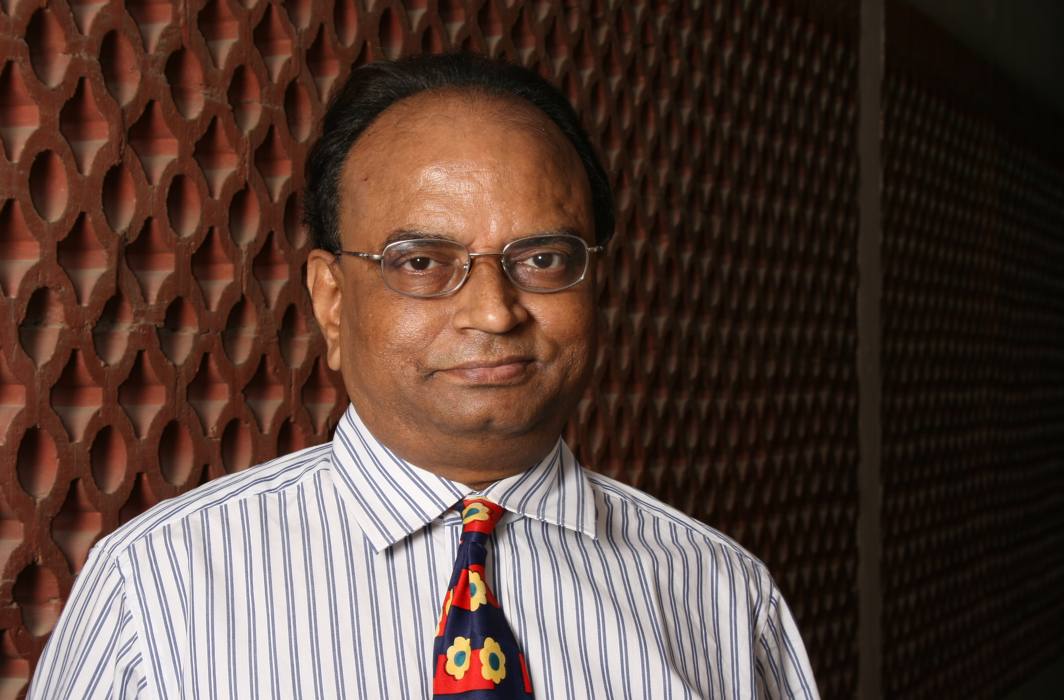This method — H-1B Visas — of going to the US is full of hurdles and that includes the Trump administration’s hardline stance. This has led to top Indian firms reducing their visa applications
~By Kris Lakshmikanth
There is a lot of news floating around about H-1B filings for the fiscal year beginning January 2019. Let me clear the mist. The total ceiling for H-1B visas for 2019 stands unchanged and is 65,000. In addition, there is a special quota of 20,000 for any person who has done his post-graduation in the US.
H-1B filing began on April 2, and will conclude when the immigration authority—the US Citizenship and Immigration Services (USCIS)—determines that it has received enough applications to meet the upper limit of 65,000 visas that can be issued in a year. Last year, the H-1B visa limit was reached on April 7 (five working days) and for post-graduates too, it was the same date.
In 2016, 1,99,000 applications were received. In fact, this was the first time when the total applications fell after 2013. But it went up again in 2017 when the USCIS received 2,36,000 applications.
APPLICATIONS TO FALL
This year, according to many experts, the number of applications will fall. For instance, Scott FitzGerald, partner in US immigration firm Fragomen Worldwide, said the general consensus seems to be that filing of H-1B petitions by Indian IT services companies would be down this year, “possibly by as much as 50 percent compared to recent years”.
H-1B visa rejection rates, including for renewals, have risen markedly. Stephen Yale-Loehr, professor of immigration law practices at Cornell Law School, said the number of H-1B petitions that received requests for additional evidence last year increased more than 40 percent over the previous year. “That trend is likely to continue this year,” he said.
FitzGerald said a petition will be rejected if the USCIS deems it to be incomplete (if they find missing signatures, missing or incorrect filing fee checks and missing or incorrectly checked boxes). He said these have increased the administrative work for IT firms and lawyers in auditing the checklist for all H-1B filings. This and the increase in requests for evidence have resulted in higher legal fees, which too discourages Indian companies from filing too many petitions.
“One should expect the same sort of H-1B carnage like last year. No matter how well one responds to the request for evidence or argues the case before the Administrative Appeals Office (AAO), the outcome could still be a preordained denial—as if Trump’s wall is already up,” said Cyrus Mehta, managing attorney and founder of New York-based law firm Cyrus D Mehta & Partners.
CUTTING DOWN
Top Indian software services companies such as TCS, Wipro, HCL, CTS, and so on, are the biggest users of H-1B visas. CTS have over 12,000 people working in the US on H-1B. Due to increased focus from the Trump administration, top Indian companies have reduced their H-1B visa applications from last year. In fact, the top 10 companies applied for less than 60 percent visas in 2017 compared to 2016. It is expected that this year too, there will be a further reduction in H-1B visa applications by them.
The reasons are many—including pressure from the Trump administration—resulting in setting up of development centres in the US by almost all top companies, increased visa processing costs, restrictions on H-1B visa persons being moved from one workplace to another, and reduction in offshore component of work as more and more work is transformed to digital. Digital work requires more onsite presence in the US and the people required are more marketing domain specialists than technical people. Finally, there is also a large pool of software professionals available locally in the US (mostly of Indian origin). Recently, on a trip to San Francisco, I saw anti-H-1B visa posters plastered all over the city, showing the negative sentiment brewing in the US.
One important condition in the H-1B petition is that it must include a Labor Condition Application (LCA) which will be certified by the Department of Labor. The LCA is designed to ensure that the wage offered to the non-immigrant worker meets or exceeds the prevailing wage in the area of employment. The LCA also contains an attestation section designed to prevent the programme from being used to import foreign workers to break a strike or replace US citizen workers. This condition is quite often ignored by the body shop companies which take people to the US. Such small companies show that he/she is working in a low income region like Phoenix, whereas he may be working in California.
Last year, the majority of H-1B visa applications were made by mom and pop shops like EBS Minds, iEratech, R3 Services and Easypay Solutions. Most of them collect around $4000 to $5000 from the applicant to apply for an H-1B visa on his behalf. Some of them collect the money and don’t even file the H-1B. There are numerous such companies who cheat people from India who are looking for a job in the US through the H-1B route. Industry estimates are that about 20 percent of these firms are bogus. As I see it, the H-1B route to the US is becoming more difficult day by day. It is akin to the big wall of China.
Immigration authorities under Donald Trump are adding, brick by brick, to the height of this wall. Unless you are really good, going to the US in today’s market is becoming a pipe dream.
—The writer is the Founder Chairman & MD of The Head Hunters India Private Limited, a Bengaluru-based firm



